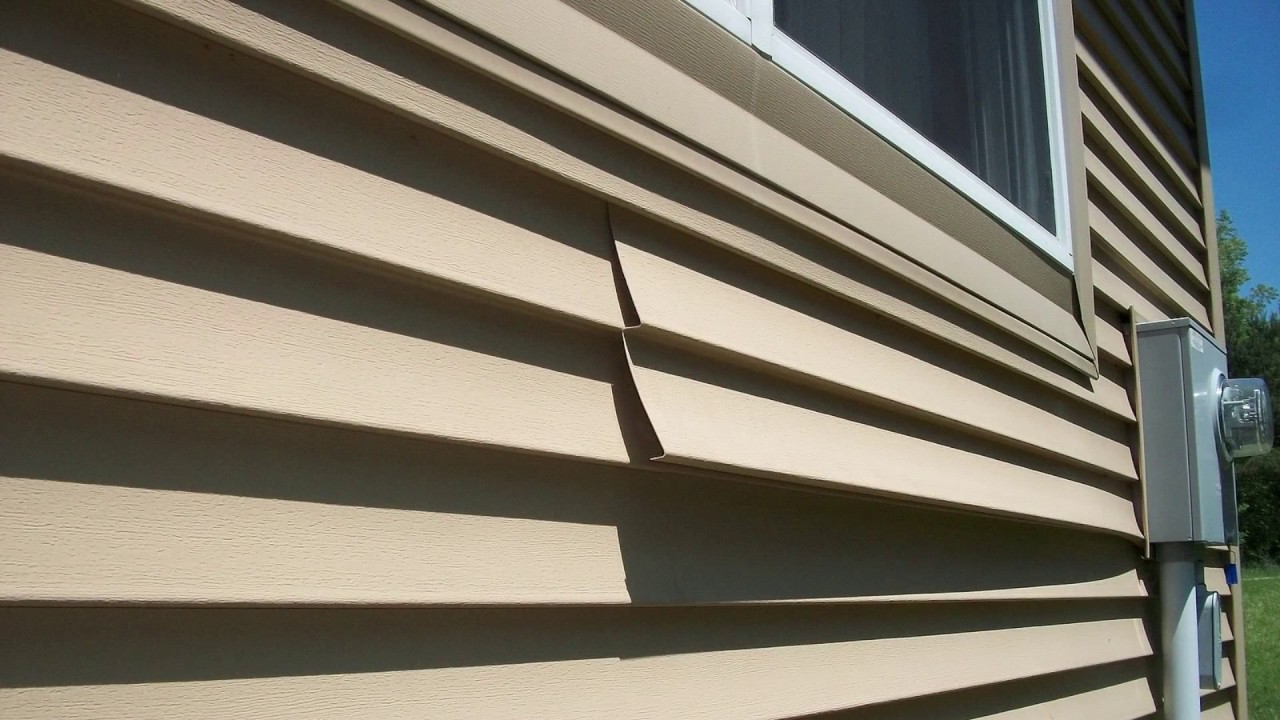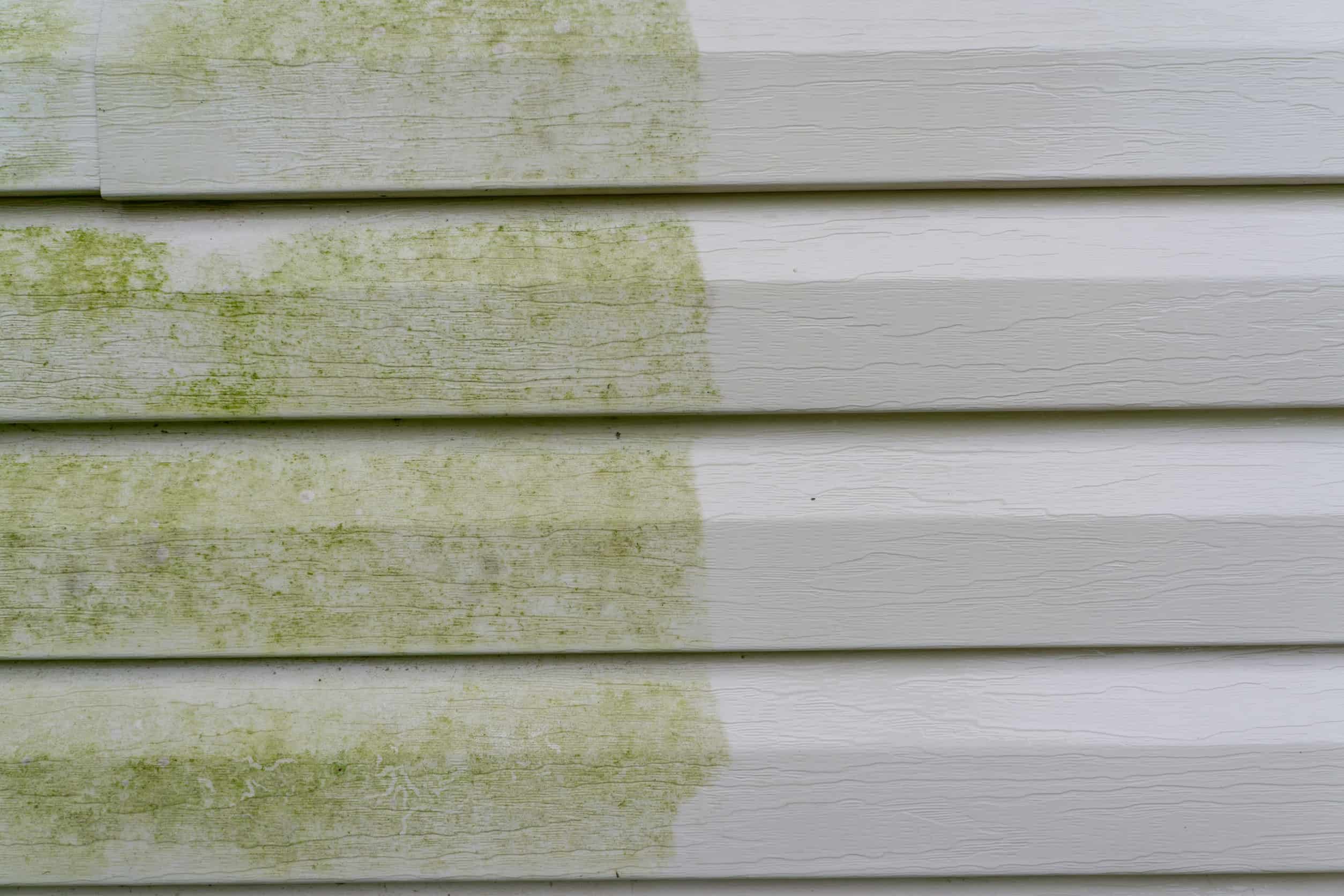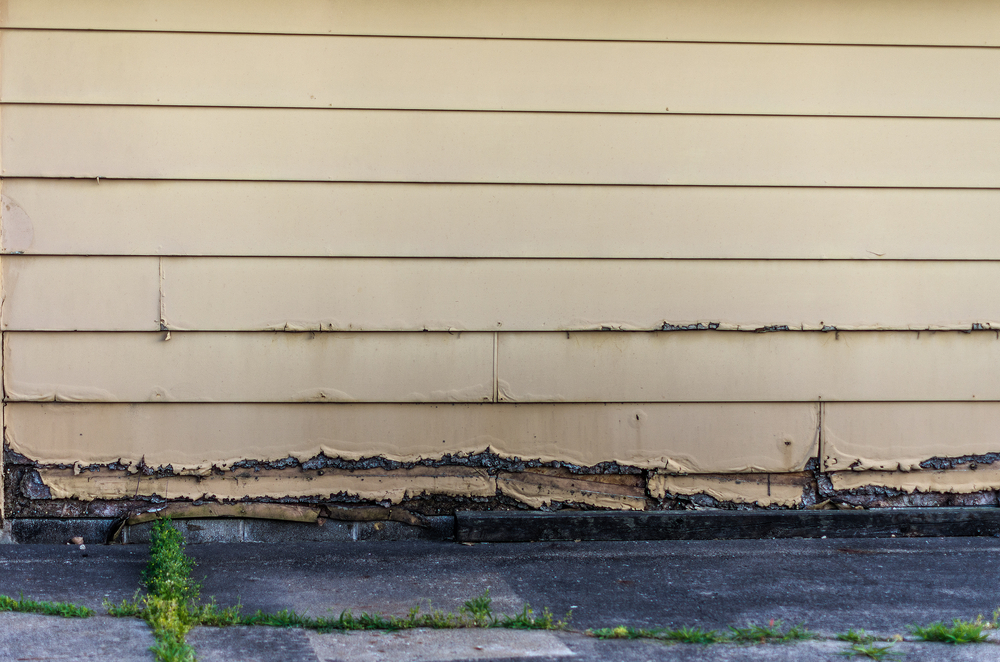
The siding of a home is one of the essential features of any home’s exterior. Not only does siding showcase the curb appeal and style of your property, but it protects your family and possessions. Safe to say that your home’s structure depends more on protecting your siding.
Therefore, knowing when it’s finally time to replace your old siding with new ones is a critical step. It can save you thousands of dollars in repairs from damages relating to the weakened siding. So, when will you know it’s time to replace your home’s siding?

1. Damaged Boards or Panels
The chances are always high that any physical damage to your home’s siding warrants its replacement. This is even more likely when the siding suffers widespread damage or has been left unrepaired and unmaintained for long periods. In such instances, a simple panel or board replacement isn’t an option.
You will probably have to replace the entire siding.
2. Cracked, Broken, or Loose Siding
Many siding boards occasionally fall prey to cracking and breaking or become loose after some time. You must replace these boards or panels as soon as you discover them to prevent the damage from spreading further.
Therefore, you always want to check the under layers of your siding for signs of cracks and breaks. However, if larger sections of your siding have gaps or become loose, it could be a sign of a much bigger problem that will worsen the longer you wait.
3. Mold, Mildew, or Fungus
It is not uncommon to find mold, mildew, or fungus on your home’s siding. For instance, green algae can grow on shaded parts of the siding.
However, the problem arises when you see fungus growing out of and around the seams. This is usually an indication that a section of the siding is damp and isn’t keeping moisture out.
4. Warped or Rotting Siding
With time, your home’s siding can become warped from external elements like extreme weather or rotting. You can check for warped, rippled, or rotten layers of your siding. Use a screwdriver to poke areas under the warped siding to determine the extent of the damage. If it’s soft and spongy, there is a good chance that it has started to rot and should be repaired or replaced.
5. High Energy Bills
Damaged siding could also be the reason why your energy bills suddenly skyrocket. If you have ruled out other possible causes like lack of attic insulation, drafty windows, or even a leaky roof, then you want to check your siding next.
Poor-quality siding can also increase your cooling and heating bills. If you suddenly have high energy bills and are experiencing siding issues, the two could be related. It might be time to replace your siding.

Hire a Professional to Replace Your Siding
If it’s time to repair or replace your siding, you need to contact a professional to ensure the job is done correctly. Semper Fi Exteriors has a team of professional siding contractors who will guide you into making informed decisions and choose the right siding style and material for your home.
We will inspect your siding and advice you on whether to repair or replace it. Get in touch with us today to receive a free consultation and learn more about our siding services.



